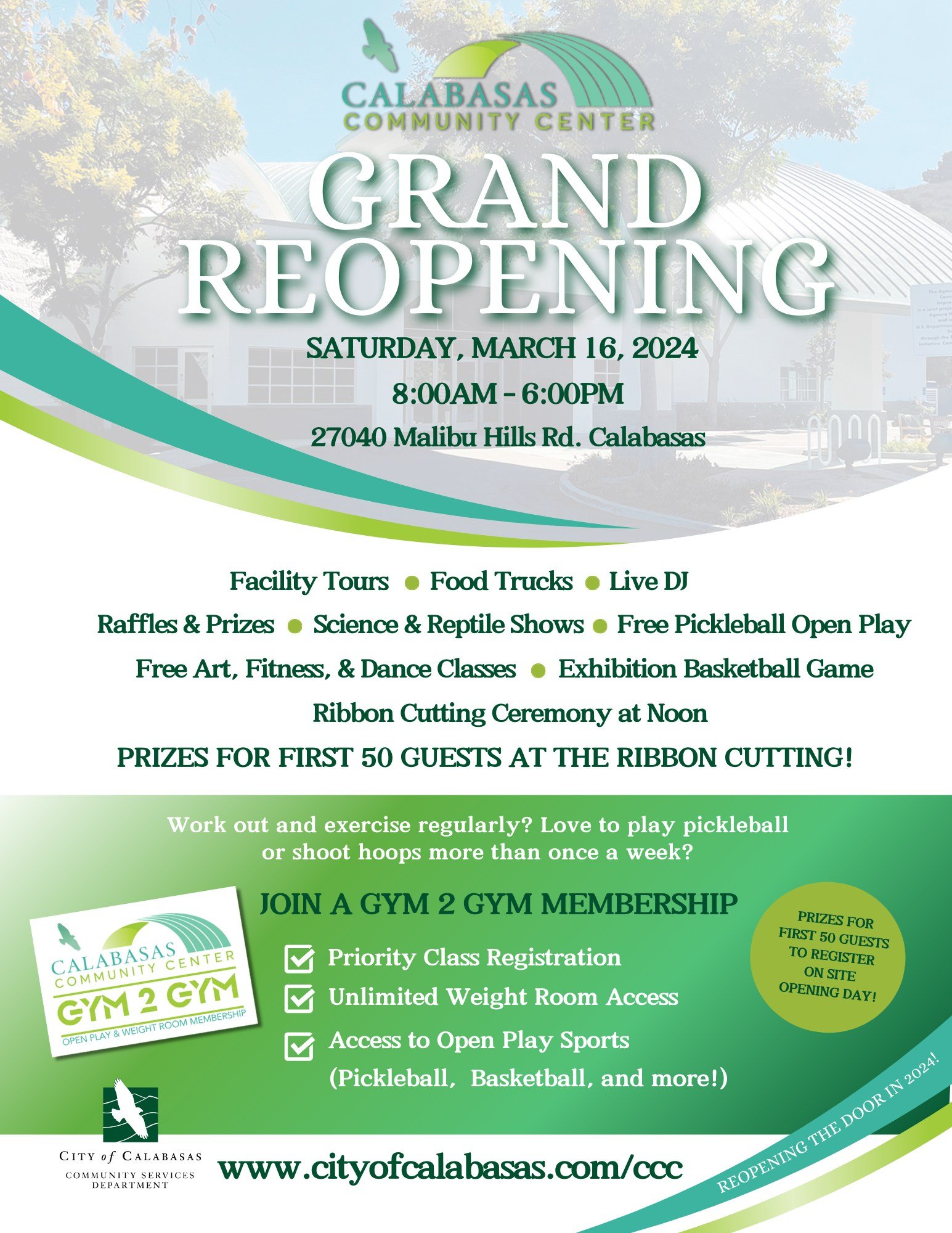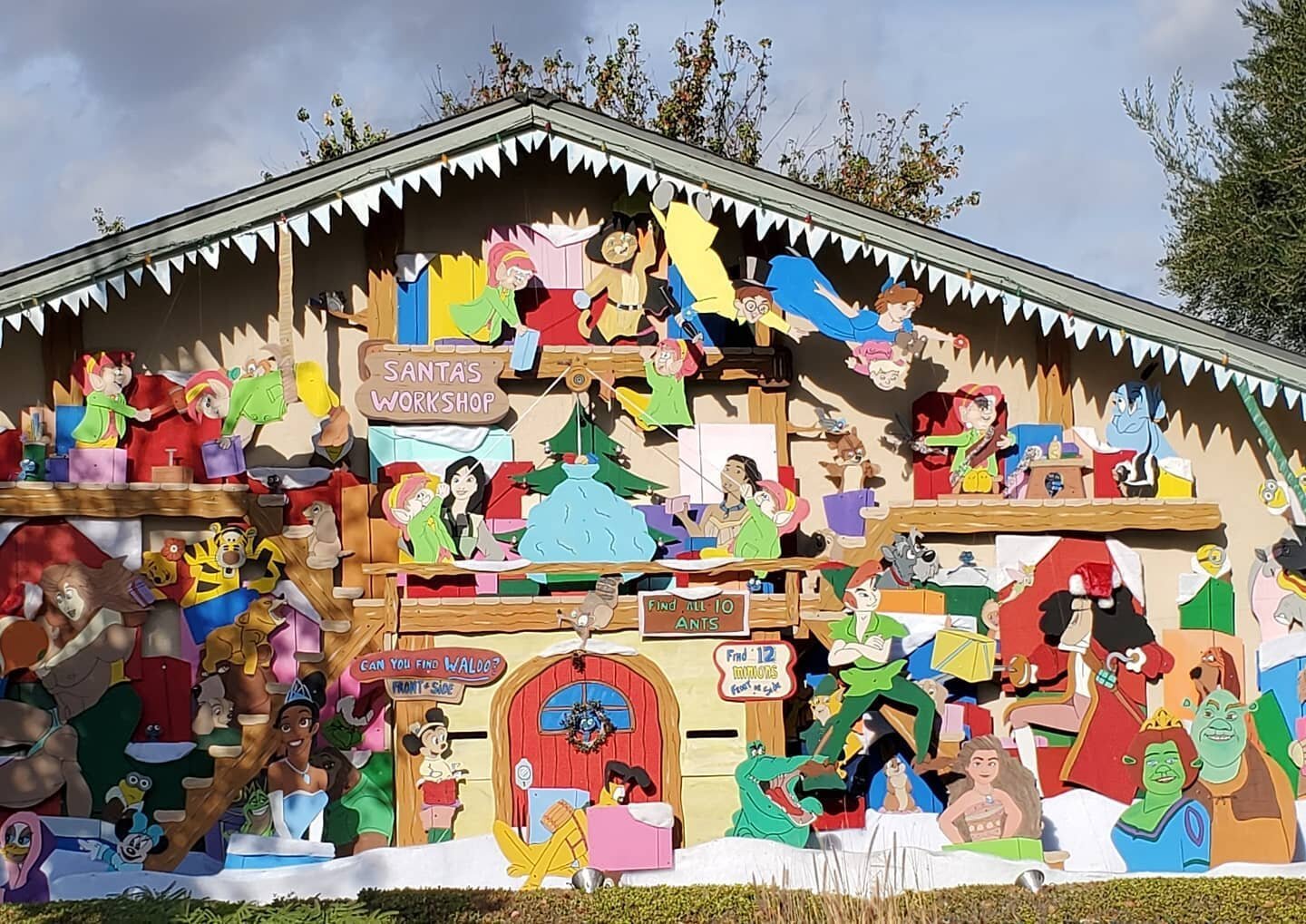Ventura County Community Foundation Accepting Emergency Donations for Mountain Fire
/The County of Ventura, in partnership with the Ventura County Community Foundation, has established an emergency fund accepting donations to support community members and local nonprofit organizations most affected by the Mountain Fire. The Ventura County Wildfire Relief and Recovery Fund is open for giving at vccf.org/donate, and is dedicated to supporting individuals and nonprofit organizations that provide essential aid to those most affected in times of crisis. One hundred percent of contributions go directly toward relief efforts, focusing resources on those who need it most.
On Nov. 6, a wildfire broke outside of Moorpark following Santa Ana winds reaching 40 to 80 miles per hour. The fire has grown to 20,596 acres as of Nov. 8 according to VC Emergency, with 7% containment. VCCF has previously stewarded millions of dollars in donations for the Thomas, Hill, and Woolsey Fires, ensuring the funds had the most impact and supported those most affected. VCCF continues to monitor the status of the Mountain Fire, working with its nonprofit and government partners to best respond to the county’s needs.
"Through the Ventura County Wildfire Relief and Recovery Fund, our community has a vital lifeline for those impacted by the wildfire,” said Dr. Sevet Johnson, CEO of Ventura County. “This fund stands as a testament to our county's unwavering commitment to provide swift and direct support to individuals and nonprofit organizations on the front lines of relief efforts. Ventura County is both compassionate and resilient, always ready to stand together and support one another in times of need.”
VCCF encourages all community members to stay informed and make safe decisions in the face of this emergency. Information on evacuation zones and shelters can be accessed at vcemergency.com or by calling (805) 465-6650.
“Ventura County has faced devastating wildfires over the years, but the resilience and generosity of our community is stronger,” said VCCF Board Member Leah Lacayo. “We are so grateful to the County of Ventura and our first responders for their heroic efforts to keep our community safe. Your community foundation is here to help, especially during times of disaster, and has set up this fund to support relief and recovery efforts.”
About VCCF
Established in 1987, the Ventura County Community Foundation has focused on building philanthropy in our region by stewarding legacies through careful management of the charitable capital entrusted to us. We are committed to a long-term perspective for Ventura County. We honor donor intent by protecting endowments forever and we specialize in connecting philanthropic resources with community needs for the benefit of all. We invest in the future through scholarships, grant making and collaborative partnerships. vccf.org















